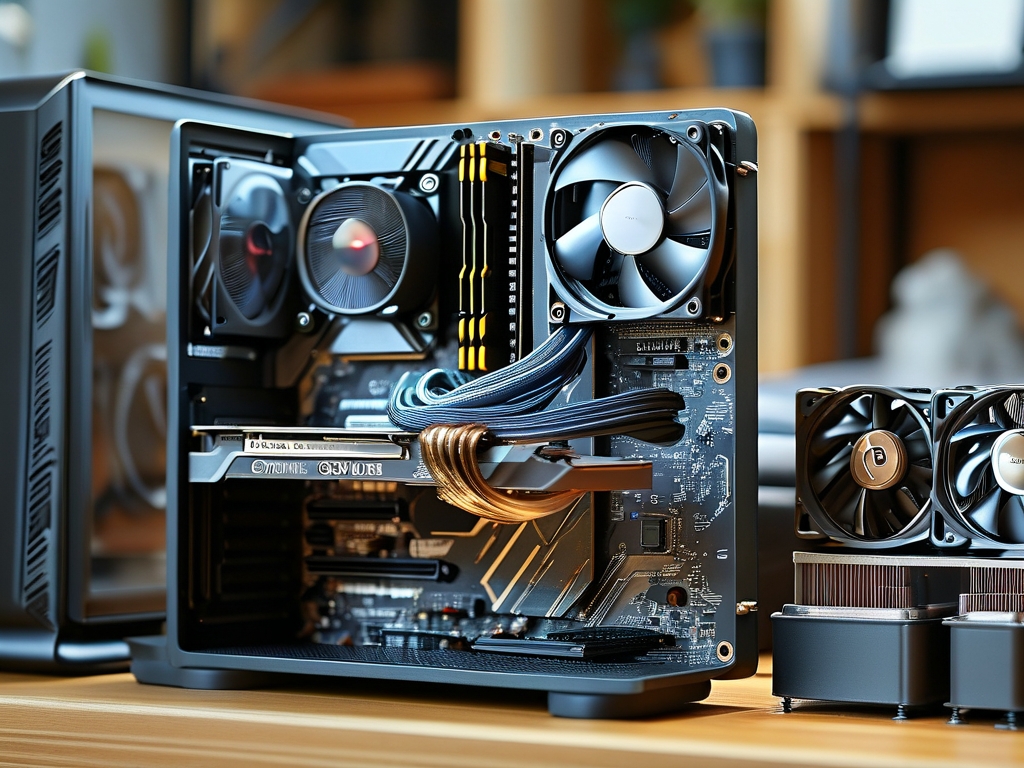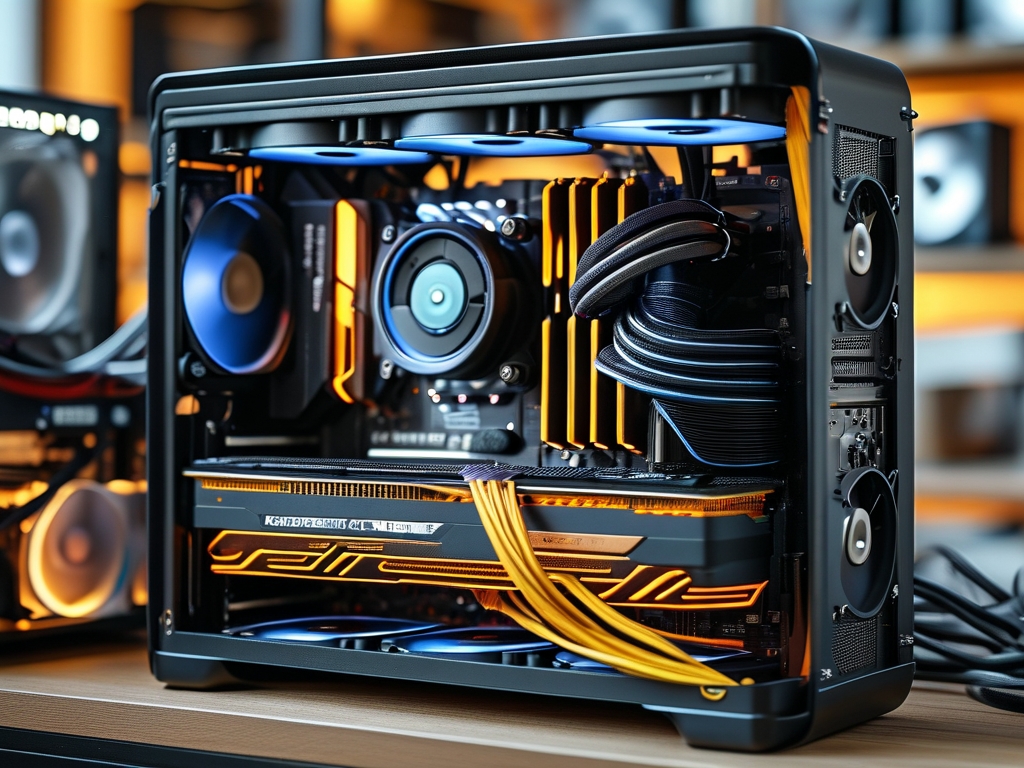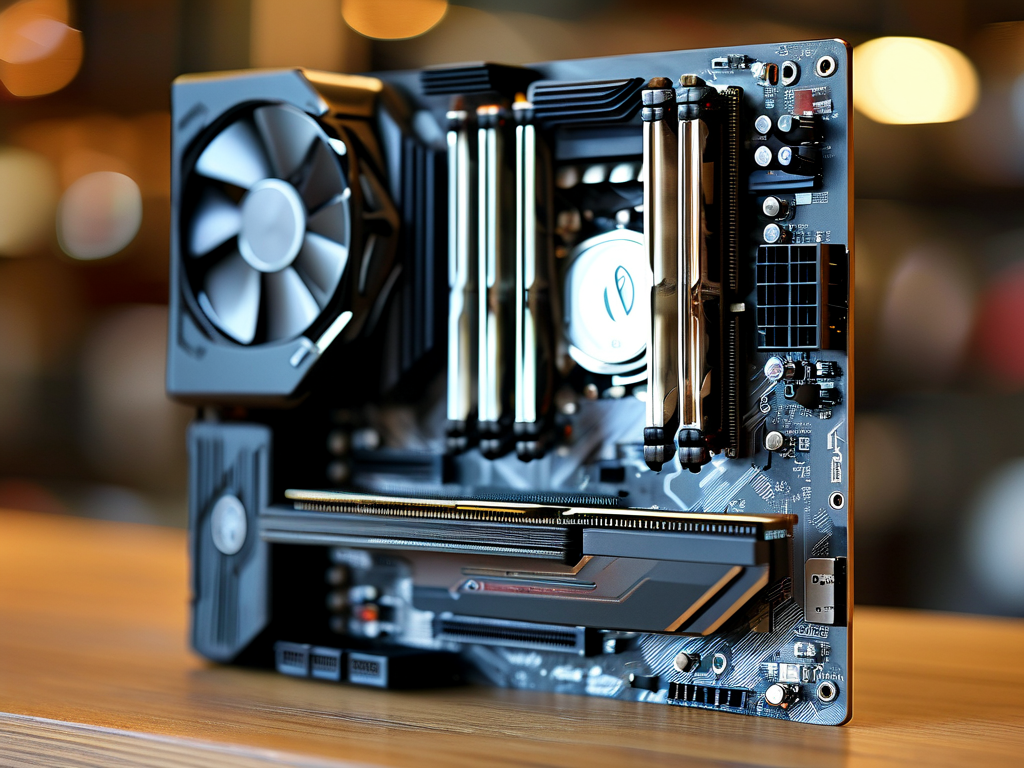Overclocking memory modules is a popular method for enthusiasts and professionals to squeeze extra performance from their systems. While most users rely on pre-configured XMP profiles, calculating custom overclocking parameters offers greater control. This guide explains the technical steps to determine safe and effective RAM overclocking values without relying on automated tools.
Understanding Key Parameters
Before diving into calculations, familiarize yourself with three critical factors: frequency, timings, and voltage. Frequency (measured in MHz) determines data transfer speed, while timings (e.g., CL16-18-18-36) define latency between operations. Voltage (usually 1.2V–1.5V) stabilizes higher frequencies but requires careful adjustment.
Step 1: Baseline Testing
Start by identifying your RAM’s default specifications using tools like CPU-Z or Thaiphoon Burner. For example, if your kit runs at 3200 MHz with timings of 16-18-18-36 at 1.35V, this becomes your reference point. Note that not all memory chips are identical—manufacturers like Samsung, Micron, or Hynix use different architectures, affecting overclocking potential.
Step 2: Frequency Calculation
To calculate a target frequency, use the formula:
Target Frequency = Base Frequency × (Multiplier + Increment) For DDR4, the base frequency is often 100 MHz. If aiming for 3600 MHz, set the multiplier to 36 (100 × 36). Incrementally adjust this value in BIOS/UEFI while monitoring stability.
Step 3: Timing Adjustments
Tightening timings improves latency but requires trial and error. A rule of thumb is to reduce primary timings (CL, tRCD, tRP) by one step at a time. For example, shift from CL16 to CL15. Use MemTest86 or Prime95 to test stability after each change. Secondary and tertiary timings (tRFC, tFAW) can be optimized later for fine-tuning.
Step 4: Voltage Optimization
Increasing voltage compensates for higher frequencies or tighter timings. However, exceeding 1.5V risks damaging ICs. Calculate a safe range using:
Safe Voltage = Default Voltage + (0.05V × Number of Increments) For a default 1.35V kit, two increments would yield 1.45V. Always pair voltage adjustments with temperature monitoring via HWInfo or Open Hardware Monitor.

Code Example: Estimating Stability
Advanced users can script stability checks. Below is a Python snippet to log errors during stress tests:
import subprocess
def run_stress_test():
try:
result = subprocess.run(["memtester", "4G", "1"], check=True)
return "Stable"
except subprocess.CalledProcessError:
return "Unstable"
print(run_stress_test())
Real-World Considerations
Motherboard quality and CPU memory controllers significantly impact results. For instance, Ryzen CPUs favor higher frequencies, while Intel chips may prioritize tighter timings. Additionally, dual-rank modules often overclock lower than single-rank ones due to higher electrical load.

Validating Results
After adjustments, validate performance gains with benchmarks like AIDA64 or UserBenchmark. Compare latency (ns) and bandwidth (GB/s) against baseline metrics. A successful overclock should show at least a 10% improvement without crashes during extended use.
Risk Mitigation
Always keep a backup BIOS profile and avoid aggressive jumps in settings. For example, moving from 3200 MHz to 3600 MHz in one step may fail, but 3333 MHz → 3466 MHz → 3600 MHz increments are safer. If instability occurs, reset CMOS or revert to the last stable configuration.
By methodically calculating and testing each parameter, users can unlock hidden performance while maintaining system integrity. This approach demands patience but rewards with a tailored balance of speed and stability.






